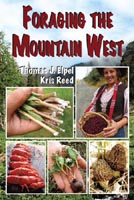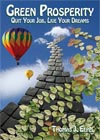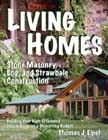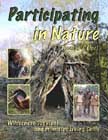| Thomas J. Elpel's Web World Portal 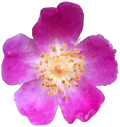 Wildflowers & Weeds 
|  Wildflowers-and-Weeds.com Plant Identification, Edible Plants, Weed Ecology, Mushrooms, and more. Home | Plant Identification | Plant Families Gallery | Edible Plants | Mushrooms | Links Desertification & Weed Ecology | Weed Profiles | E-Mail | Search this Site |
|
Araliaceae The next time you see a building covered with ivy (Hedera), stop and notice the umbels of flowers or berries. Note that they form single umbels, not compound like the closely related Parsley family. These plants typically produce very small, greenish-white flowers with 5 small, separate sepals, 5 (sometimes 4 or 10) separate petals and usually 5 stamens (sometimes 3 to numerous). The stamens are alternate with the petals. The flowers are regular and may be either unisexual or bisexual. The ovary is positioned inferior. It consists of 5 (sometimes 2 to 15) united carpels (syncarpous) with the partition walls present, forming an equal number of chambers. It matures as a red or purple berry with one seed per carpel. The fruit splits apart at the carpels in some species. Some species produce flowers and berries in dense heads or elongated spikes. The plants of this family prefer moist environments. Worldwide, there are 70 genera and 700 species. Volatile oils are common in the Ginseng family, useful as diaphoretics to stimulate sweating. Key Words: Plants of the damp forest with umbels (not compound) and berries. Please e-mail Thomas J. Elpel to report mistakes or to inquire about purchasing high resolution photos of these plants.
There are more
Return to the Plant Families Index |
|
Looking for life-changing resources? Check out these books by Thomas J. Elpel:
|
|
|








